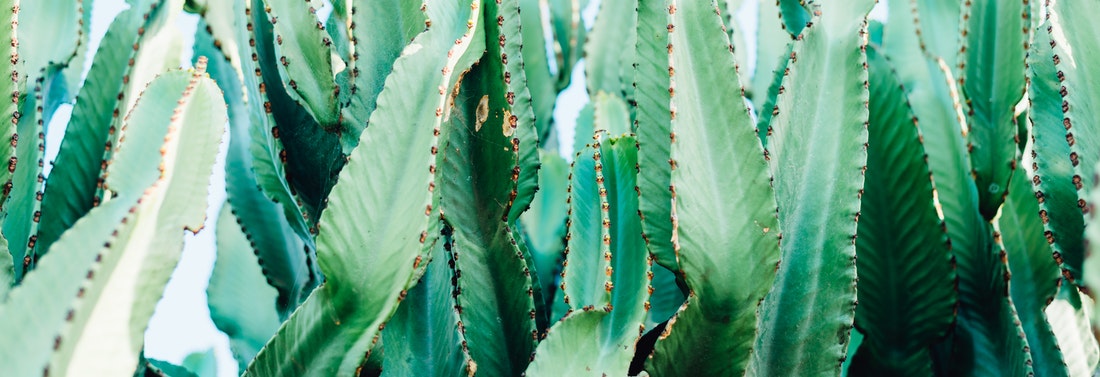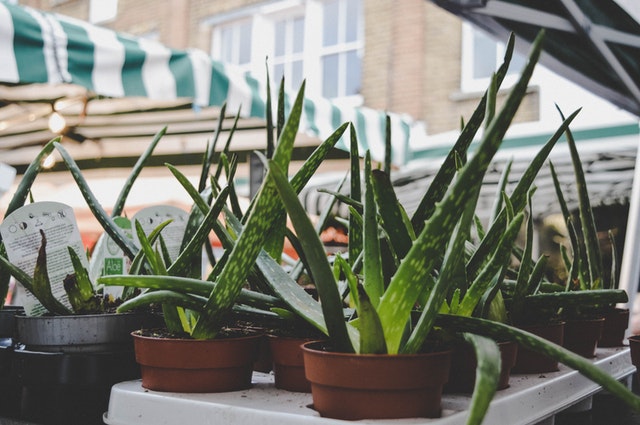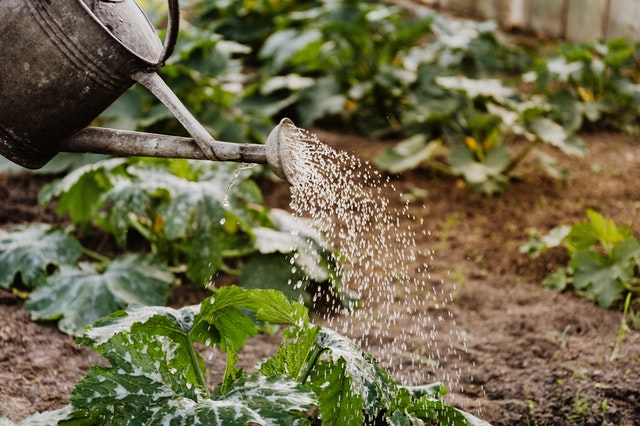Responsible Gardening in Drought-Stricken Climates
Many people pride themselves on a healthy-looking garden and lawn. Having a green area around your home shows that you care about your curb appeal and want to make it attractive.
However, quite often, people don’t realize the impact of their landscaping and gardening on the environment. Keeping a lawn green and garden plants thriving can take a lot of care, which most people see as watering.
It’s time to shift perspective and focus on the beauty and resilience of native landscapes. There’s so much we can do to protect native species and practice water conservation wherever we go. In areas where droughts occur, it’s essential to take the proper steps to conserve water and be responsible for your garden and lawn.
The Impacts of a Drought on Gardens
Droughts can do a lot of damage to gardens and landscaping. It makes your plants look wilted, brown, and unattractive. Furthermore, sometimes droughts can cause your plants to completely die, turning your hard work and efforts to dust.
Additionally, drought can make your plants and lawn more susceptible to disease and pests. When your plants weaken, they’re more vulnerable, and pests take advantage. Trees, for one, can take years to fully recover from a drought and resulting pest damage.
When drought conditions strike your area, you might have an urge to turn on all of the hoses and drain the tanks of all the water you have to keep everything green. However, this hurts the environment more than the drought itself. Responsible gardening in drought-stricken climates is essential in helping the environment.
The Need to Conserve Water
Water conservation is a necessary step in your lawn and garden care. Often, gardeners could save up to 40% of the water they use simply by avoiding overwatering. Saving water also takes away less water from bays, rivers, lakes, and other natural freshwater sources, which helps the environment.
Besides that, when you conserve water, you save money and lower the energy demand needed to treat wastewater and pump it. Even though drier areas should be conscious of their water usage, everyone needs to be concerned with water efficiency.
With climate change striking drier climates, the demand for this precious resource will increase. That’s why you need to start saving water today, keeping sustainability at the core of your gardening efforts so there is more to go around for other humans, animals and plants.
Tips for Responsible Gardening During Droughts
Water conservation begins at an individual level. Below are some practical tips for you to conserve water in your garden or landscaping even if you live in an arid or drought-stricken climate.
1. Plant Drought-Tolerant Plants
Instead of choosing exotic plants or plants that need a lot of water, opt for drought-tolerant and native plants. These plants are used to drier weather conditions and don’t need a lot of water to thrive.
Some great drought-resistant plants for dry climates include:
- Sage
- Aloe
- Yucca
- Kangaroo Paw
The secret is to pick the plants that call your local environment home. Research your region and find some selections that will thrive in the native environment. You will still find a great array of beautiful blooms and colors among these water-conserving plants.
2. Avoid Overwatering
When you overwater plants, they get used to the excess moisture over time and become reliant on it to survive. This is particularly true for water-conserving plants, which will not be able to handle too much care. Restraining your watering is good for your garden and good for the planet.
Learning what every plant in your garden needs and arranging them according to water requirements will help you here. Check with a local garden center or expert and do your own research to determine how much your plants need to survive.
3. Minimize Slopes
If your garden or lawn slopes, it can lead to runoff and erosion, both of which deplete the soil’s structure and waste lots of water. Level out your garden and landscaping to ensure each area receives the water it needs without running off.
4. Add a Layer of Wood Chips
Wood chips are a lifesaver in the gardening and landscaping world. You can either purchase them or make your own from ground-up branches and yard waste.
Adding a layer of wood chips helps hold in moisture, meaning you have to water less frequently. Plus, the compost adds nutrients to the soil to help it keep its structure.
5. Get Rid of Weeds
Weeds and other excess plants can take over your garden and soak up all the water you use to water your plants. Frequently weed your lawn and garden to eliminate deep root growth to conserve water.
6. Set Up Rain Barrels
If you have plants that require a lot of water, you don’t have to get rid of them. Instead, find other ways to source your water. Rain barrels, which collect rainfall, are a great alternative to municipal water sources.
You could also use gray water, which is leftover water from activities like washing dishes. Installing a greywater system can help you conserve water at home, making for guilt-free gardening.
7. Opt for Xeriscaping
Finally, if you’re in an arid region, opt for xeriscaping, which eliminates thirsty plants in favor of those that thrive on neglect. It also involves the use of thoughtfully chosen surface materials that reduce rain runoff and require little or no irrigation.
Xeriscaping is a landscape design strategy that encompasses many of the points above. With an effective design, you won’t need to water any plants at all — keeping your garden the way it was meant to grow in your climate.
Enjoy a Beautiful Lawn and Garden During Droughts
Even in drought-stricken areas, you can still be responsible with your gardening and make it beautiful. Water conservation is essential for caring for the environment, so use the above tips to be more sustainable and conscious of your water usage.
Author Bio: Evelyn Long is a writer and the editor-in-chief of Renovated. Her work focuses on green building and sustainability initiatives.



